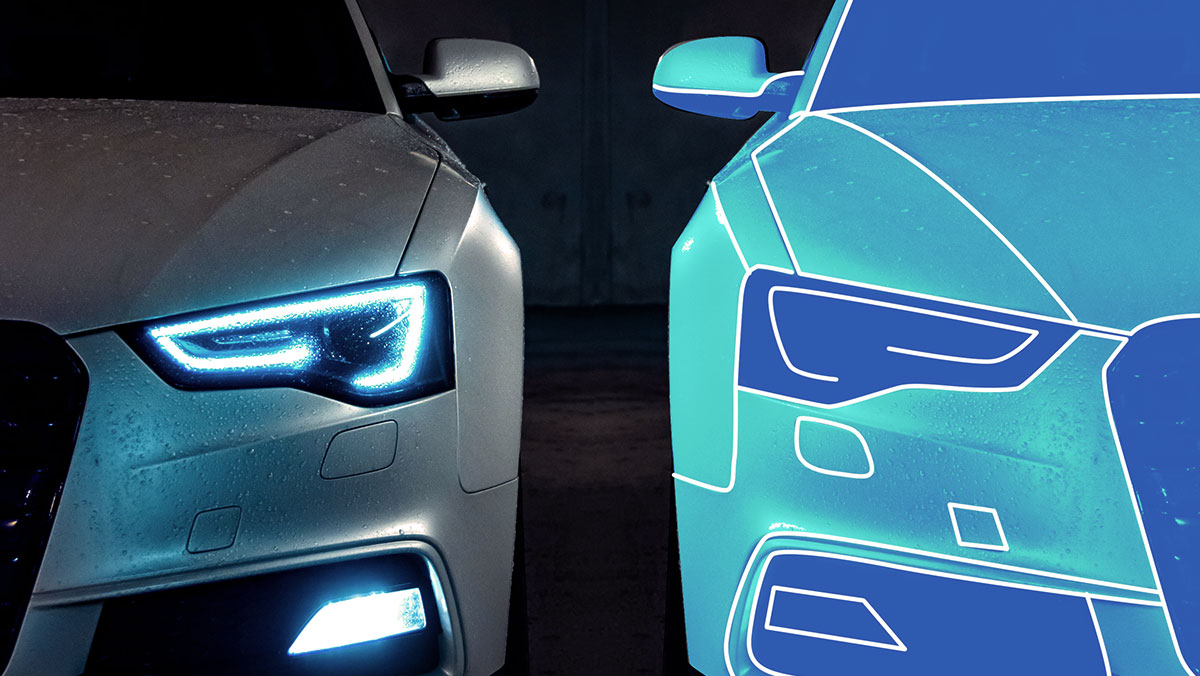
This February (a.k.a. a lifetime ago) the NSW Government, with partner Data61, went live with their Spatial Digital Twin initiative. NSW isn’t the first – digital twin technology has been developing apace since 2018. The UK is working on its National Digital Twin, Singapore already has one, and companies like Chevron, Bridgestone, and GE use them to improve infrastructure and design more efficient processes and supply chains.
What is a digital twin?
I’d never heard of it, either. A digital twin is an identical digital model of a real-life object, process, or system. Its hidden superpower, though, is the way it blends data across dimensions. Twins combine more ‘traditional’ historical data with ‘Internet of Things’ live sensor datasets, and 3D modeling with the fourth dimension of time.
For example, the NSW Digital Twin is a digital model of the state of NSW, and the intended benefits are better planning and modeling for future needs. It’s intended to be a virtual ‘safe space’ where people can experiment and assess the impact of changes to inputs, products, and systems.
Digital twins are a growing phenomenon, too. The “Digital Twins Market” – worth US$3.8 billion in 2019 – is projected to reach US$35.8 billion in value by 2025, at a CAGR of 45.4%.
Back-casting, forecasting, crisis-casting: Digital twins can help with all of it.
So why should this matter to brands?
While the tech has been focused on the infrastructure and manufacturing sectors, ‘twinning’ is a fascinating concept for brands across categories. Digital twins are a virtually indistinguishable proxy for the ‘real thing’ they’re twinned with. That means they can give valuable clues and signals that can help in thinking about powerful, resilient brands.
Here are three ways brands can harness some of the power of the digital twin philosophy and methodology.
The Gemini Effect: exploring foundational tensions
Long-term brand building and short-term performance marketing are a dichotomy marketing continues to struggle with. Yet digital twins blend not only multi-layered data but two-track time, by design.
The UK’s National Digital Twin is called ‘the Gemini Project’. Step one for Gemini wasn’t anything to do with data, IoT, or digital. It was the formulation of a set of principles to guide development, to work now and decades into the future.
The awesome thing about these principles is not just that they exist, but that they have tensions baked right into them. Data has to be secure yet also open, be used for the public good yet also values-driven.
That’s what true future design does: it grapples, rather than ignores.
The cornerstones that help deal with these tensions are simple: The UK National Digital Twin must be purposeful, trustworthy, and functional.
These are the basics every brand wants to be but are incredibly hard to get right.
So there’s useful lesson #1: If you were designing your brand now for the long-term, what would your foundational tensions be and what cornerstones would guide them?
Open, multi-dimensional data helps find the edges of innovation
A key part of digital twin thinking is open data and the use of open APIs. Digital twinning means every company will be a data company. Take the NSW Spatial Digital Twin data. It is available to the public with the exception of only a very few sensitive sets. For brands, as the digital twin market develops, this approach will offer a more commercially-viable way to work with consumers, suppliers, and employees to improve and innovate. NPD and system innovation could be tested using the virtual twin first, including testing the edges of success and identifying where conditions turn quickly from fair to failure. Open datasets mean that innovative ideas can come from anywhere, and still potentially meet a brand’s standards.
Our digital alter ego is both an opportunity and a dystopian nightmare
Digital twin efforts have focused mainly on big manufacturing processes with time, money, and safety at stake. But understanding and tailoring to individual needs are crucial for smart manufacturing and service delivery. Neural network modeling is aiming to develop digital twins for broad personality types. As the technology gathers pace and smarts, our own digital twin – our alter ego – will become increasingly developed. While potentially lucrative for brands, there are also ethical and personal challenges ahead. What if your digital twin turned against you, and exposed all your innermost data to the world?
Overall, a twinning mindset is a powerful commercial and brand asset
You don’t have to build the most advanced, teched-up version of a digital twin to learn from and implement the philosophy. Exploiting foundational tensions, developing open data, and exploring deeper personalization is something every brand can do. This digital twin ‘mindset’ is a commercial asset, because it creates conditions to run experiments that can lead a brand to greater things. Forecasting, back-casting, and crisis-casting are all part of a more resilient future. Digital twins are a growing market because they can build both growth and resilience – and what brand doesn’t want some of that?
Cover image source: Olav Tvedt